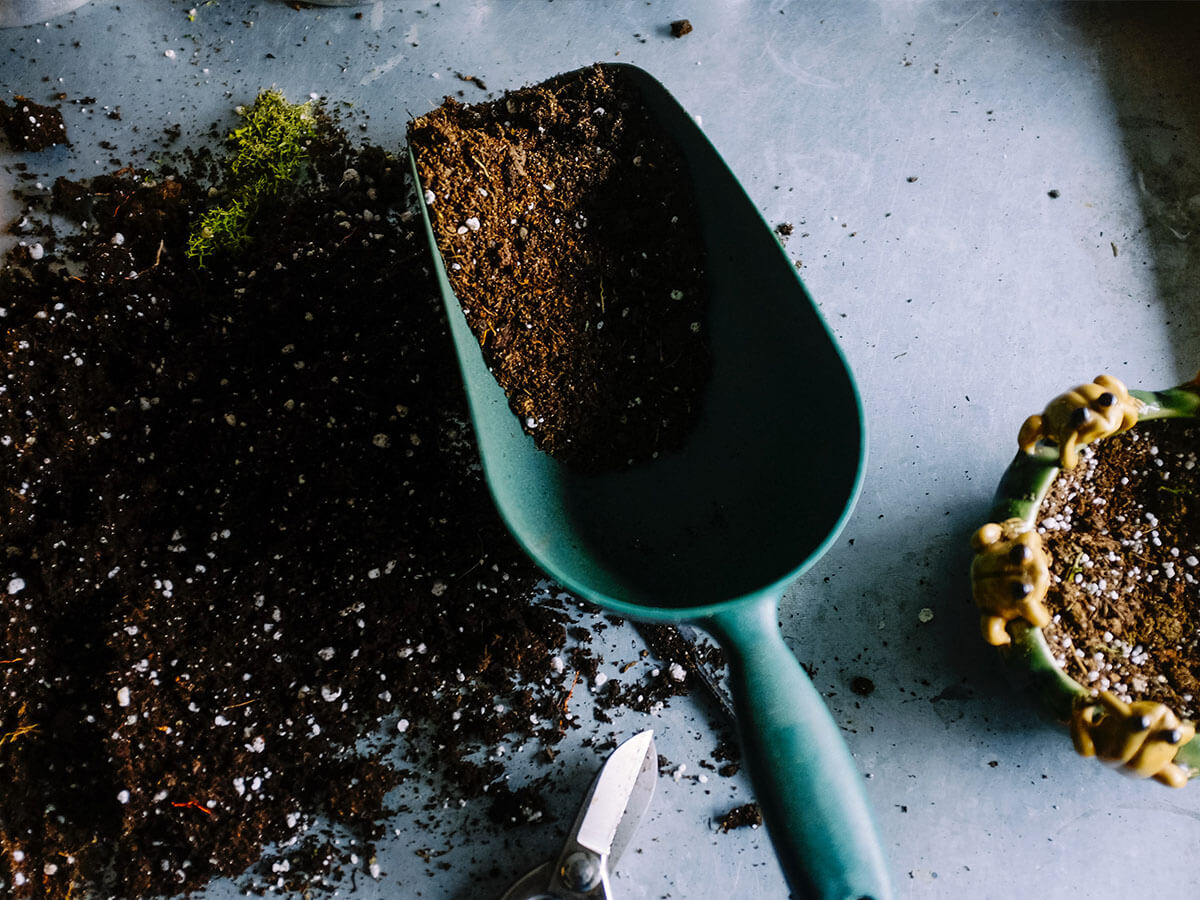Your Outdoor Space & Home Garden
May 8, 2020 Home Maintenance

|
|
|

Starting your Home Garden
Many garden centres have reopened their doors, and it’s a great opportunity to start your garden while buying local. The following steps will help you make your garden a reality.
1. Location
Pick a location, remembering that your plants need a minimum of 6 hours of sunlight each day. Choose an area that is flat enough to drain water properly and far from trees so that their long roots don’t invade your vegetable garden. Having a water source nearby makes for easier watering.
2. Raised or not?
There are three main approaches to organizing your green space.
A. In ground
The first approach involves turning the soil to a depth of about 30 cm. This traditional vegetable garden requires good-quality soil and can easily become overgrown with weeds, which means more work for you.
B. Raised with border
First, mow the grass then lay newspaper (about 10 sheets thick) or unwaxed cardboard over the desired area to kill the plants that were growing there. Next, build a frame for the vegetable garden with planks and add a layer of soil at least 30-cm deep. Use newspaper and mulch to keep the perimeter weed-free. This method lets you choose the quality of the soil, keeps weeds down and ensures proper drainage.
C. Container
Build the box out of wood or cement blocks, making sure it is at least 30 cm deep. Fill the bottom with a 10- to 15-cm layer of stones for drainage and cover with soil. This method is generally recommended for amateur gardeners as it is easy to put together and will produce good results wherever you install it. Container beds provide better protection from the cold, retain sufficient moisture and prevent erosion and weeds.
3. Choosing the soil
Use good-quality soil specially blended for growing vegetables—not black soil, as it isn’t intended for this purpose. Enrich your soil with compost if possible.
4. Deciding what to plant and when
It helps knowing which hardiness zone you are in so you know which plants are best-suited for your climate. These areas are determined by Agriculture and Agri-Food Canada, and you can easily find yours on gardening sites.
Be sure to plant after the last expected frost date in your area. If buying local seeds, ask store clerks for advice—they know what will work in the climate. In Quebec, tomatoes, cucumbers, herbs and carrots are often good choices. Finally, make sure to space your plants appropriately.
Outdoor living info via Houzz.com. Gardening info via Centris.ca.
Always here for you
At all times you can count on my professionalism, integrity, and devotion in supporting your real estate needs. Please do not hesitate to contact me with any and all of your questions.
Back to News
Blog Search
Topics
- Achat (108)
- Buying (127)
- For Rent (10)
- Fundraiser (2)
- Giveaways (6)
- Holidays (11)
- Home Maintenance (29)
- loué (6)
- Marché (47)
- Market (83)
- Mortgage (4)
- New Listing (8)
- Non classifié(e) (33)
- Renovations (3)
- Selling (27)
- Uncategorized (32)
- Vente (20)

